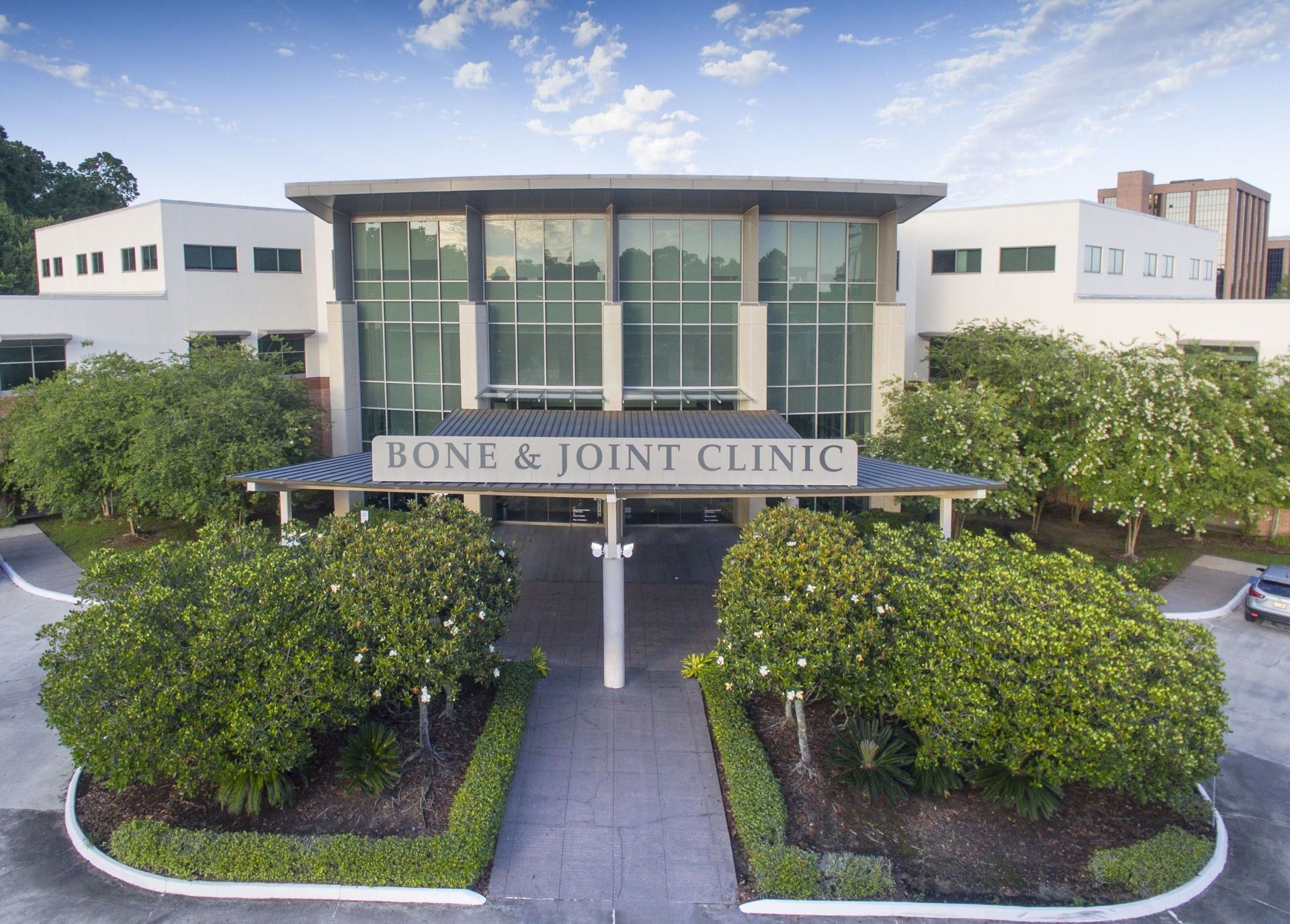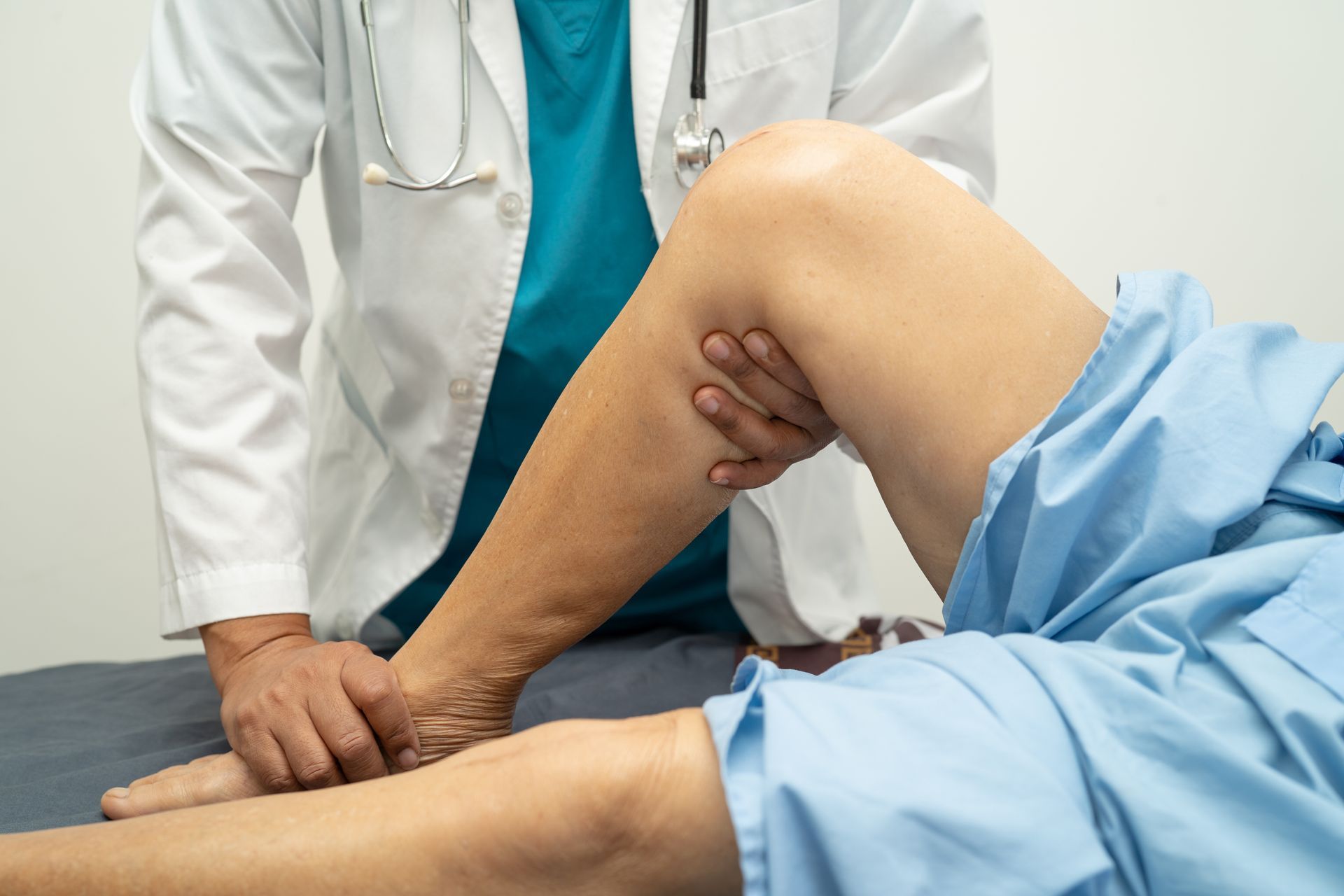In order for the body to be strong and sturdy, bones must be rigid. However, in order for it to be flexible and move, these bones must connect via joints. While there are various types of joints in the body, the most common are synovial joints. These specific joints are formed with pads of cartilage and a fluid-filled space in between. The pads are surrounded by connective tissue and synovial membrane, which produces the synovial fluid that helps keeps joints lubricated and free from friction. When healthy, these joints give us the ability to move freely with a wide range-of-motion. However, when inflammation and degeneration of the joints occurs through arthritis, their function can become severely limited.
What are the Types of Arthritis?
The term “arthritis” refers to over 100 conditions which can impact the joints. However, the most commonly observed forms of arthritis can be narrowed down to two:
- Osteoarthritis – The most common form of arthritis is osteoarthritis, also known as degenerative or “wear and tear” arthritis. This form of the disease occurs over time, as the joint gradually begins to break down due to age or injury. It most commonly affects the knees, hands, and hips.
- Rheumatoid Arthritis (RA) – RA is an autoimmune disease in which the body’s own immune system mistakenly attacks healthy cells of the joints. This leads to painful inflammation in the tissue that lines joints and is most commonly observed in the knees, hands, and wrists.
How Does Osteoarthritis Affect the Joints?
Osteoarthritis affects every component of a joint, including cartilage, synovial membrane, and all connective tissue. However, it begins with degeneration of the protective cartilage pads. As these pads wear away, small pieces of them flake off into the synovial fluid. Therefore, while the reduced cartilage barrier leaves less cushion for bones and leaves them vulnerable to harm, the synovial membrane is suffering damage due to the loose pieces of cartilage. Meanwhile, as the joint changes, the surrounding tissues must adapt in an effort to restore stabilization, often resulting in their own damage, weakening, and inflammation.
How Does Rheumatoid Arthritis Affect the Joints?
The process by which RA damages joints is much different than osteoarthritis. Primarily, RA affects the synovial membrane and causes an overproduction of the synovial fluid that is used to lubricate joints. This increased fluid leads to joint swelling and, thereby, eventually causes cartilage damage. Additionally, unlike osteoarthritis which may affect only one side of the body, RA typically occurs symmetrically, affecting the same joint on both sides of the body.
Treating Arthritis in Baton Rouge
Whether you are suffering from osteoarthritis, rheumatoid arthritis, or one of the dozens of other forms of arthritis, you will require the care of a specialist to help preserve the joint and alleviate painful symptoms. The Bone and Joint Clinic of Baton Rouge is home to many such specialists, with a large number of orthopedic physicians who are experienced and skilled in evaluating and treating the disease. Simply click the button below to learn more or to request your appointment.




